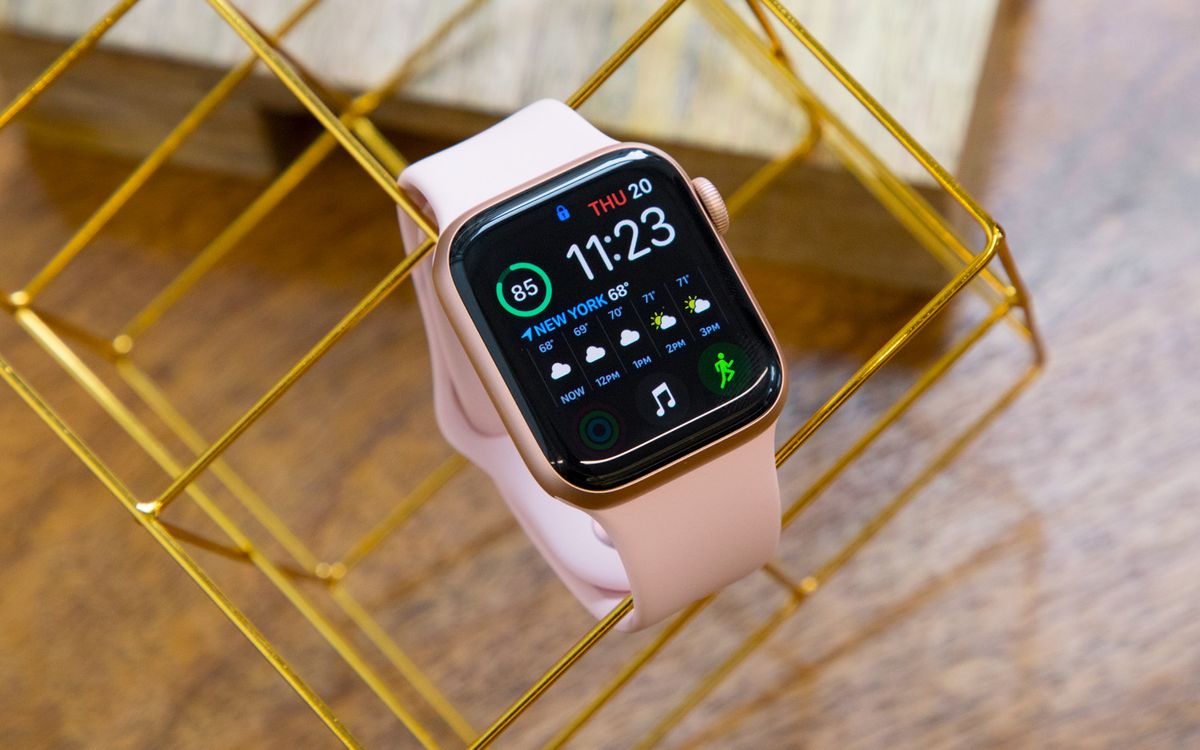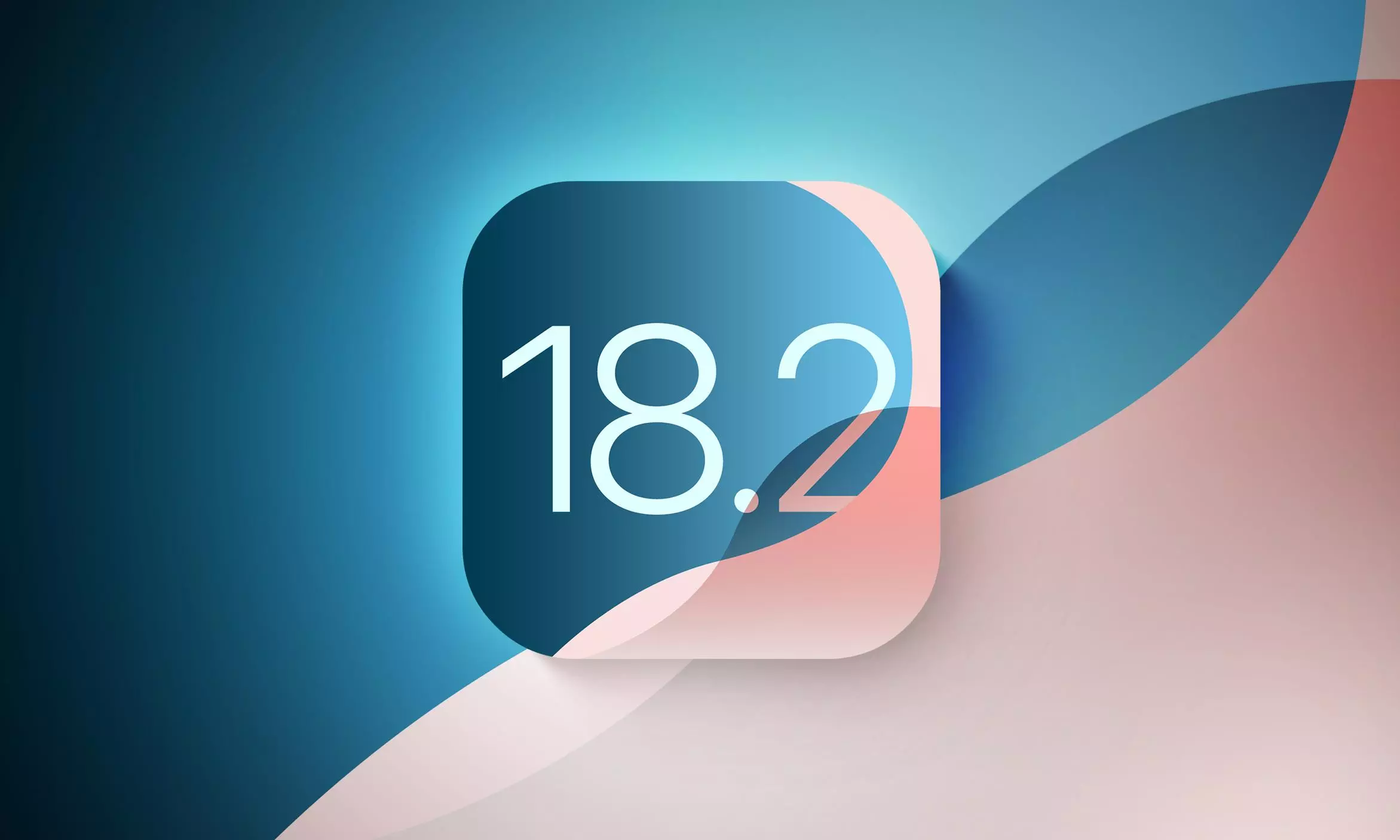The tech world is constantly evolving, with new innovations and advancements emerging at a dizzying pace. As we embrace the future, it’s important to pause and acknowledge the devices that paved the way. Today, we bid a fond farewell to the Apple Watch Series 4, a true pioneer in the world of smartwatches, as it officially joins Apple’s list of vintage products.
This designation marks a significant milestone. After five years since its discontinuation, the Series 4 has transitioned from a contemporary device to a piece of tech history. While Apple and authorized service providers may still offer repairs if parts are available, this marks the end of its official lifespan in Apple’s active product lineup.
A Revolutionary Leap in Design and Functionality
Released in 2018, the Apple Watch Series 4 was more than just an incremental update; it was a significant leap forward. It introduced a redesigned aesthetic with a noticeably thinner profile and a stunning 30% larger display compared to its predecessors. This larger screen made interacting with the watch more intuitive and enjoyable, significantly improving the user experience.
The Series 4 wasn’t just about aesthetics; it also brought groundbreaking health features to the forefront. It was the first Apple Watch to feature an electrical heart sensor capable of taking an electrocardiogram (ECG), a feature that has since become a staple in modern smartwatches. This innovation empowered users to proactively monitor their heart health, providing valuable data that could be shared with medical professionals. The inclusion of fall detection was another crucial advancement, enabling the watch to automatically contact emergency services if it detected a hard fall, a feature that has undoubtedly saved lives.
These advancements cemented the Apple Watch’s position not just as a fashionable accessory, but as a valuable health and safety tool. The Series 4 played a vital role in popularizing the concept of wearable health monitoring, influencing the direction of the entire smartwatch industry.
The Legacy of Innovation
The Series 4’s impact extends beyond its hardware features. It also played a crucial role in the evolution of watchOS, Apple’s dedicated operating system for its wearables. The larger display allowed developers to create more complex and engaging apps, further expanding the functionality of the Apple Watch ecosystem.
The recent release of watchOS 11, while bringing exciting new features to newer models, also marked the end of software support for the Series 4, along with the Series 5 and the original Apple Watch SE. This is a natural part of the product lifecycle, allowing Apple to focus its resources on developing and optimizing software for its current generation of devices. While users of these older models won’t receive the latest features, their watches will continue to function with their existing software.
A Parallel Farewell: The 15-inch MacBook Pro (2019)
The Apple Watch Series 4 isn’t the only device joining the vintage list. The final 15-inch MacBook Pro model, released in May 2019, has also received this designation. This particular model holds a unique place in Apple’s history, as it was quickly succeeded by the groundbreaking 16-inch MacBook Pro just a few months later in November of the same year. The 16-inch model introduced a redesigned keyboard and smaller bezels, setting the stage for the modern MacBook Pro design language.
Remembering the Pioneers
The transition of the Apple Watch Series 4 and the 15-inch MacBook Pro to the vintage list serves as a reminder of the rapid pace of technological advancement. These devices, while no longer at the forefront of Apple’s product lineup, played a crucial role in shaping the technology we use today. They represent a period of significant innovation and design evolution, and their legacy will continue to influence the future of wearables and personal computing.
As we move forward with newer and more advanced technologies, it’s important to acknowledge and appreciate the devices that paved the way. The Apple Watch Series 4, with its groundbreaking design and health features, will be remembered as a true pioneer in the world of smartwatches, a device that helped define the modern wearable landscape.


